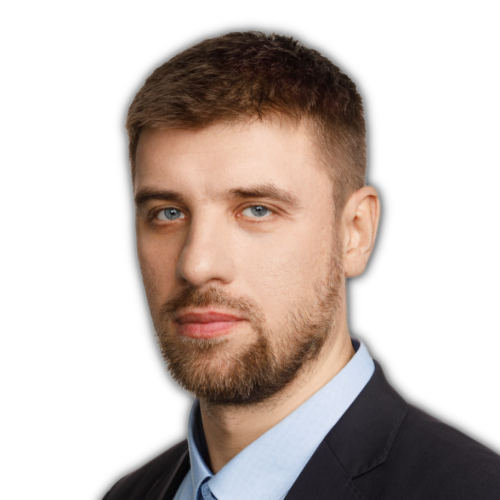
Artem Moiseev
Deputy Chief Geologist
Rock And Mill
Total experience in the profession is 18 years, PhD in Geology.
Professional skills in mapping, structural analysis and geological modeling.
Participated in field and office stages of creating state geological maps of 1 million, 200 and 50 thousand scales.
Extensive experience in working at the Russian Academy of Sciences as a structural geologist studying the history of deformations, tectonics and thermochronology (U-Th/He; A/ZFT; d/c ZR dating) of complexly deformed assemblages in the North-East of Russia.
Joint work on mapping folded-thrust strata with specialists from Japan, Britain and Norway.
In the RAM company, the main tasks are structural analysis, geological and structural mapping from outcrops and core, geological modeling, forecast and exploration models, photogrammetry.
Confident user of Leapfrog, ArcGIS Desktop.
What opportunities does a constrained 3D Structural Geology Model open up for the mining industry?
A constrained 3D structural Geology model (3D model) can be used at different phases of mining from early stage exploration to operating. 3D model reduces geological risks and optimizes accuracy of prediction promising areas, resource optimization and resource extension, allows identifying geological structures play a critical role in the stability engineered rock slopes. 3D models require the application of the well-developed geological-genetic model and structural analysis. Geological-genetic model includes regional data on the structure of ore-bearing and ore-generating rocks: age, stratigraphy / tectonostratigraphy, genesis, tectonic settings etc. Structural analysis allows to identify structural parageneses including pre-; syn and post-ore structural-mineralogical parageneses, geometry and deformation of primary to secondary rock assemblages etc.
The presentation will show several examples of deposits for which 3D models were made using the given principle. It discusses what data and why were included, what data should be treated with caution, and how they should be combined with each other. At some sites, geological and structural mapping and kinematic analysis were carried out, the data from which were taken into account in the modeling.
Using such models at the appropriate stages and updating them as the project develops allows optimizing the costs of field work, reduces the overestimation and underestimation of the resource potential and increases the safety of mining operations at the stage of industrial operation of the deposit.
